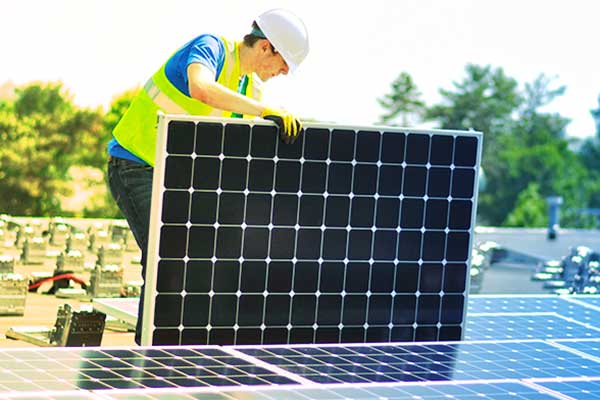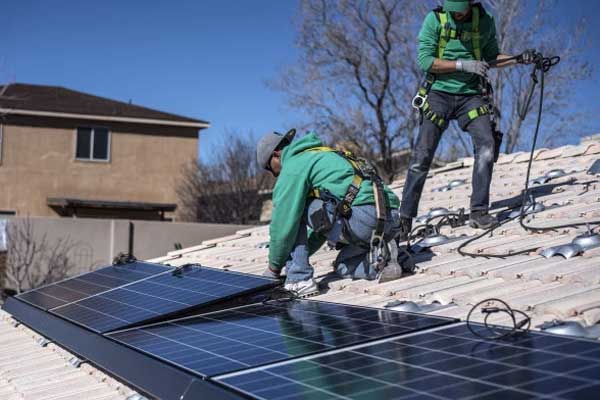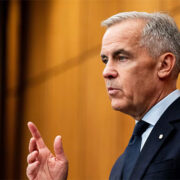Even under pro-coal President Trump, U.S. solar is doing pretty well
The U.S. solar industry had its second-best year on record for installations in 2017, despite the election of an administration that promotes fossil fuels and some worry injected into the market by President Trump’s import tariffs, an analysis found Thursday.
Utilities, individuals, and businesses installed 10.6 billion watts of solar photovoltaic capacity during Trump’s first year in office, according to the analysis by GTM Research and the Solar Energy Industries Association (SEIA).
U.S. solar forecast ratcheted down as tariffs weigh
Installations between 2018 and 2022 will be 13 percent lower than originally forecast, GTM Research said in the quarterly solar market report it conducts for industry trade group the Solar Energy Industries Association. It will be years before U.S. solar installations again hit the peak level of 2016, GTM said. The market is not expected to return to the 15.2 gigawatts installed that year at least through 2023. In 2017, the United States installed 10.6 GW of solar, and 2018 is expected to be similar.
The slowdown marks a major shift for the solar industry, which has experienced runaway gains in the last decade thanks to government policies that support renewable energy and a sharp fall in the price of the technology.
Solar power: Here’s where your state now ranks
If you live in South Carolina, congratulations. Your state vaulted nine spots and cracked into the top 20 markets for solar power capacity in 2017.
The Solar Energy Industries Association on Thursday released its annual review of U.S. solar installations and with it comes a fresh ranking of capacity by state. This chart ranks states and Washington, D.C., by their total solar photovoltaic capacity, the most common type of solar power technology. It also shows how much solar PV each state added in 2017 and 2016.
Solar power: What happens when we start producing more electricity than we can consume?
While Australia leads the world in the use of rooftop solar power, some experts say there could soon be too much power coming online — and governments will have little choice but to cut subsidies.
Government figures show 3.5 million solar panels were installed on Australian rooftops last year, an average of almost 10,000 every day. That is a 41 per cent increase on the previous year, driven by the twin incentives of cheaper solar panels from China and rising power bills. Now one in five households are saving money on power bills by selling excess electricity back to the grid
















Comments